The Great Texas Mopar® Auction: Part XIX
Of all the legendary Mopar® vehicle platforms produced in the last century, the mid-size B-body was one of the most popular. Launched in 1962, the B-body was larger than the compact A-body (think Dart, Duster, Demon, first-generation Barracuda, etc.) and smaller than the full-size C-body (think Monaco, Gran Fury, etc.).
This just-right-size made the B-body roomy enough for comfort but light enough for outstanding handling and performance. Though many folks think of the Charger, Super Bee, Road Runner and GTX when pondering a high-performance B-body, we have to remember that long before Dodge and Plymouth got into the muscle car battle with their own Pontiac GTO fighters in the late sixties, as early as 1962 Dodge (and Plymouth) were stuffing the company’s largest V8s into the mid-size B-body.
Intended for sanctioned drag racing in the NHRA’s newly formed Super Stock category, these 1962-65 413 and 426 Max Wedge and 1964-65 426 Race HEMI® engine-powered Dodge and Plymouth vehicles were about the hottest things Detroit had ever produced up to that time.
In this final preview story of tasty morsels from the Great Texas Mopar Auction Event, let’s examine five nifty early B-bodies that could be used in the restoration or recreation of a factory Super Stocker. These aren’t the only 1962-1965 early B-bodies in the auction; in fact, there are over a dozen others (some of which we have already previewed earlier this summer in previous stories here at DodgeGarage).
There are a few more pictures of each unit this week than usual. But they’re worth the extra effort due to their scarcity – and value. See something you like? Go to the Spanky’s Freedom Car Auctions website, register and place your bid. It’s that easy. But do remember, as non-running vehicles, transportation from their current Big Springs, Texas, location to your garage or shop will require a truck and trailer. But that’s no big deal. The big deal is how these 250-plus project cars offer the opportunity to make an equal number of Mopar dream cars come to life.
Barn-find stashes this big just don’t come along like they used to. Bid accordingly and don’t miss out!
1962 Dodge Dart 330 Four-Door: Lot #239
There is an old saying that claims “nature abhors a vacuum.” One look under the hood of this 1962 Dodge Dart four-door sedan and the thick, dense clutter of sticks, branches, grass and other natural debris – no doubt put there over decades by Texas’ fine, four-legged fuzzy friends – shows that even though this Dodge has ignored life for a while, wildlife hasn’t ignored this Dodge. And with that wild trapezoidal grille and those canted headlamps – not to mention the crazy sweeping rear wheel arches (which the magazines of the day criticized as looking like a “plucked turkey”) – nobody will ignore this one once it’s been revived.
Though a four-door sedan, let’s not forget the fact Dodge offered the also-new-for-’62 413 Max Wedge Ramcharger engine in any body type except for station wagons – kinda like how Dodge offers the mighty Gen III HEMI in station wagon Magnums and four-door Chargers in recent years. So why not transform this space-age Dodge into a seldom-seen four-door Max Wedge clone? Better yet, all of the specific goodies like the aluminum cross ram intake manifold, huge cast iron upswept exhaust manifolds, under-car dual exhaust system with dump-caps, fuel line kits and even the nifty 10-inch Max Wedge air cleaners and bases are all readily available as reproduction items right now. So why not?
Getting back to this solid Texas sleeper, though Dodge VIN plates before 1966 don’t specify exactly which engine was factory installed, we do know that the 5 at the front of this car’s VIN (512716) tells us it is a V8-powered unit (4 would be for the 225 Slant Six). But exactly which V8 is the question. Regardless, the choices included the 318 poly with a two-barrel, the 318 poly with a four-barrel, the 361 big block with a four-barrel or the ever-so-rare 413 Max Wedge. We can rule out Max Wedge status in this case because we also see factory-installed air conditioning, an item that was strictly forbidden – and unwanted – with the big Ramcharger 413.
All of that said, the rat-packed engine bay does contain an engine which from all indications is a 400-cube big block wedge of much later construction. We know that because some smog equipment can be seen poking through the grass. Oddly, the block is positioned backwards in the engine bay, with the water pump pushed against the firewall and the flex plate facing the radiator wall. All that said, anything can be corrected. Why not make this nifty ’62 Dart into a four-door Max Wedge what-if? Remember, all the goodies are readily available today from the reproduction industry and Mopar Performance Parts. Bid away…
1964 Dodge 330: Lot #241A
This 1964 Dodge four-door sedan is not a Coronet! Let’s say it again, this is NOT a Coronet. We emphasize this detail because for many years, writers have misidentified 1964 Dodges as Coronets. Here’s the scoop. Though the 1964 Dodge lineup also consisted of small A-body compact Darts and full-size C-body cars called the 880 and Custom 880 series, this is a mid-size B-body unit.
The mid-size B-body was marketed as – please pay attention so we break the patterns of the past – the 330, the 440, the Polara and the Polara 500. The use of numeric designations like 330 and 440 (not to mention 880) caused confusion then – and now. Confusing things even more, when the revolutionary mid-size B-body arrived in 1962, Dodge called it the Dart. And that (1962) was when the numbers came into the picture to differentiate the Dart, Dart 330, Dart 440 and top-level Polara 500 from each other.
Things got even more confusing when Dodge transferred the Dart name from the mid-size B-body to the compact A-body platform in 1963 (replacing the Lancer nameplate of 1961-62). So it’s no wonder the public has become confused about all these names in the fifty-plus years since.
Getting back to the whole Coronet thing, it was 1965 that Dodge revived the Coronet nameplate (last used in 1959) for use on the mid-size B-body platform – to replace the 330, 440, Polara and Polara 500 of 1964. So with the alphabet soup out of the way, let’s admire this spiffy white Dodge, which is a member of the baseline, entry-level 330 series (again, positioned below the 440, Polara and Polara 500).
A funny thing has happened in the past 20 years to cars like this. While the first muscle/collector car boom of 1980-2000 focused on Chargers, Coronet R/Ts, Super Bees, Challengers and other obvious muscle cars, in the past two decades, new attention has been focused on the 1962-65 Super Stock era and two-door sedans became really desirable amongst Max Wedge and Race HEMI restorers and clone builders. But with all of the rebuildable two-door sedans already rebuilt – or priced into the stratosphere – suddenly four-doors like this have become the alternates.
Yes, you can transform a four-door sedan (or hardtop) into a two-door sedan. The roof stamping is shared, as is the wheelbase, deck lid, entire front clip, floor pan, transmission and driveshaft tunnel, trunk floor and suspension sub-assemblies are all shared between two- and four-door models. The conversion process requires the doors and latch post from a two-door hardtop, so generally, a two-door hardtop must be sacrificed when a four-door sedan is converted into a two-door sedan. Determined (and desperate) Max Wedge and Race HEMI clone builders (and restorers of real cars) have transformed dozens of four-doors into two-doors in the past 20 years and this unit is a prime candidate.
Originally built as a low-option car with manual steering and brakes and a column-shifted three-speed manual transmission, options include the polyspherical head 318 V8 ($107) and Music Master AM radio ($56). Though the engine’s top end is missing (the items may – or may not – be in the trunk, it was locked during our inspection) but otherwise this one is in amazingly original condition – right down to the faded factory white paint.
Can’t you just see it with a correctly presented 426 Race HEMI (with proper straight-end “K” heads and rocker covers), a push-button 727 TorqueFlite® riding on 15×4-inch American Racing magnesium Torq-Thrust front wheels mounting 7.10-15 bias ply tires and beefy 15×8 “steelies” with L60-15 meats at the rear. Coat it in red and you could bring Jan & Dean’s 1964 pop music hit “The Little Old Lady From Pasadena” to life… “parked in her rickety old garage is a brand-new, shiny red Super Stock Dodge…”
1964 Plymouth Belvedere 4-Speed: Lot #243
We just mentioned how the supply of clean 1962-65 Dodge and Plymouth two-door sedans is so low that many folks have taken to converting four-door sedans into two-door sedans. Well, that’s no problem with this 1964 Plymouth Belvedere two-door sedan. To refresh, the sedan body (versus the hardtop body) has the more formal roof shape, specific doors with full frames around the glass and those vertical roof pillars that make them look like rugged little tanks.
By contrast, the two-door hardtop body has a more graceful roof shape, thin B-pillar, free-standing door glass and a slick wrap-around back window. But sometimes less is more, like this original paint Belvedere sedan which is begging to be revived as a 426-powered Max Wedge or Race HEMI clone. Or maybe just a fun mean machine with “big fat tires and everything.” Why not paint “Highway Star” on the deck lid?
The stunning detail inside its gutted interior is the factory-installed manual transmission shift hump. Yes, this was originally built with a floor-shifted A833 four-speed manual transmission, a roughly $180 option offered with all V8s, and Chrysler’s first four-on-the-floor offering beyond the 1963-only use of the Borg Warner T10 four-speed gearbox. How many four-speed Belvederes were built remains an unanswered question, but it’s certain that of the nearly 22,000 two-door Belvederes made in 1964, fewer than 15 percent were four-speeds.
In the trunk, the wheel houses have been removed with a torch and the leading ends of each rear wheel opening have also been cut into larger shapes. It looks like someone was planning to add huge drag slicks but got stalled. Another odd detail is how the original 8-3/4 rear axle has been replaced by a newer model. We know that because the present axle lacks the center nut and cotter pin used for the last time in 1964 as Chrysler moved away from the troublesome two-piece rear axle shafts to easy-service one-piece axles for 1965 and up. The hefty 11-inch finned rear drums are from a later muscle car or police application. Good stuff.
It may need some tender loving care, but this 1964 Plymouth Belvedere two-door sedan is a super-hot property with Super Stock restorers and clone builders who don’t have the time or skills to transform a more common four-door sedan to suit their needs. Come and get it!
1962 Plymouth Fury: Lot #244
Modern-day collectors love discovering old racecars in junkyards and this 1962 Plymouth Fury is a gem. A close inspection reveals the following drag strip modifications: four hood pins replace the original hinges, the inner fenders have patches to cover where fender wall headers used to pass through them, the front frame has receiver mounts for an engine plate, an electro-hydraulic starting line roll control is plumbed into the manual brake circuit for easy burnouts, the rear wheel openings have been expanded and flared for big drag slicks, a quartet of engine monitor gauges replace the speaker grille, the body wears racing stickers, sponsor logos from Lee’s Texaco in San Angelo, Texas, and outrageous faded door graphics proclaiming “Texas Hell Raiser” and a custom “racin’ type” steering wheel replaces the stock unit.
What does it all add up to? Is this something rare and special? Perhaps an original cross ram 413? Hoping to strike Max Wedge gold, we looked closely for clues and while Plymouth built roughly 300 413 Super Stock-powered Savoys, Belvederes and Furys in 1962 (plus at least 210 Dodges), all Plymouth Super Stocks were built at the Lynch Road factory in Detroit, which is identified by the number 1 in the fourth spot of the VIN. Dodge Ramchargers were built at the Hamtramck, Michigan, plant, as denoted by the number 2 in the fourth spot of the VIN.
The VIN on this car (3127135964) bears the number 7 in its fourth spot, telling us it was produced at the St. Louis, Missouri, factory, so we can rule out Max Wedge origins. But that doesn’t mean it’s an also ran. The age-old art of hot rodding applied to these wildly styled Mopar vehicles just as well as any other model. So what we have here is a home-brewed drag racer once known as the Texas Hell Raiser that was powered by a wild and wooly big block V8 with exotic fender wall exhaust headers. As to what engine was factory installed, the 3 in the VIN’s first spot tells us it’s a V8-powered Plymouth (a 2 would denote a Slant Six).
One puzzling detail is the presence of a factory-original-type push-button transmission control pod to the left of the steering wheel and a clutch pedal! Since the transmission tunnel area of the floor does not have a welded-on hump for the shift handle, we can assume this wasn’t originally built with the optional Borg Warner T85 heavy-duty three-speed manual transmission (which had a floor shifter, the base non-synchro three-speed manual transmission had a column-mounted shift handle). When and why the clutch pedal arrived is a mystery.
Other nifty goodies include a 1962-64 aluminum case 727 TorqueFlite automatic transmission positioned loose in the trunk compartment. These transmissions were part of the recipe that made the 1962-64 Max Wedge Mopar vehicles such formidable competitors on the street and strip. The yellow torque converter mounted in the transmission case may (or may not) be a desirable Fairbanks-modified unit with an elevated stall speed. We just won’t know until further inspection is performed by the lucky high bidder.
A final goodie that’s easily overlooked is the rear axle. These first-year B-body intermediates all came with Chrysler’s Hotchkis-type 8-3/4 rear axle, even the Slant Six and 318 poly V8 cars (but with a slightly smaller ring gear than the 361 and 413 big blocks). A rugged axle, its one handicap was the two-piece design of its axle shafts and drive flanges which could make axle removal and brake servicing a complicated affair through the 1964 model year. In 1965, all 8-3/4 type rear axles went to a more convenient one-piece axle with a flanged end and no more brake servicing hassles, and yes, one of these axles has been installed under the tail.
As to whether there’s a Sure Grip limited slip differential or nifty 3.91 drag gears inside, the lucky high bidder will be the first to know.
1964 Plymouth Savoy: Lot #248
We’ve said it before, and we’ll say it again, less can be so much more. In the case of this austere black 1964 Plymouth Savoy four-door sedan, what would have been viewed as a boring, utilitarian taxi cab candidate is now a little chunk of Super Stock gold. Ok, maybe silver … it is a four-door, not the two-door body used on factory Max Wedge and Race HEMI legends.
But as we described above with Lot Number 241A, the scarcity of 1963-65 two-door sedans has forced the normalization of four-door-two-door conversions among fans of Super Stock and Factory Experimental replica builders. With its solid bones and unmolested condition, this four-door is the perfect launch pad for a 1964 Max Wedge or Race HEMI two-door conversion.
Originally equipped with a 318 poly V8, push-button 727 TorqueFlite automatic transmission and vintage add-on air conditioning, it’s otherwise a very basic machine with manual drum brakes and steering. Plymouth built 51,024 of these four-door Savoy sedans, compared to 21,326 with the much more desirable two-door sedan body style. But again, they share the same roof, floor pan, glass and major body panels. The only difference is the door and door post configurations which can be manipulated by skilled body people.
And while the idea of scrapping the stripped body shell is sad, this car’s front fenders, hood, grille and headlight surround trim are in excellent condition and are worth a small fortune to restorers of existing two-door car missing these key parts. Seriously, look at that grille, its nearly perfect. And there’s more. Even after the nose has been removed, it’s likely many inner panels and floor and trunk pan sections are in great condition and could be sliced away for use in the revival of other 1964 Plymouths. Either way, this Savoy is a valuable item for many reasons. Let’s hope it doesn’t get sold to a scrap operator for metal value alone. Do your part: bid, bid, bid!
Well, that’s it for this 19-week-long series of preview stories building up to the Great Texas Mopar Hoard Auction Event. The hammer will fall on each and every one of the 250-plus vehicles on Wednesday, October 13, 2021. And again, the following day, on Thursday, October 14, a second all-online, all-no-reserve, virtual auction will disburse the late John Haynie’s life-long collection of parts, tools, dealership sales and promotional items to hundreds of happy new owners. Don’t miss out. Register and bid today!
I’ll be back soon after the auction with a report on how things went. Stay tuned to DodgeGarage for more!
Meanwhile, check out these other cool Mopar vehicles up for grabs:
The Great Texas Mopar Auction: Preview
The Great Texas Mopar Auction: Part II
The Great Texas Mopar Auction: Part III
The Great Texas Mopar Auction: Part IV
The Great Texas Mopar Auction: Part V
The Great Texas Mopar Auction: Part VI
The Great Texas Mopar Auction: Part VII
The Great Texas Mopar Auction: Part VIII
The Great Texas Mopar Auction: Part IX
The Great Texas Mopar Auction: Part X
The Great Texas Mopar Auction: Part XI
The Great Texas Mopar Auction: Part XII
The Great Texas Mopar Auction: Part XIII
The Great Texas Mopar Auction: Part XIV
The Great Texas Mopar Auction: Part XV
The Great Texas Mopar Auction: Part XVI
The Great Texas Mopar Auction: Part XVII
The Great Texas Mopar Auction: Part XVIII
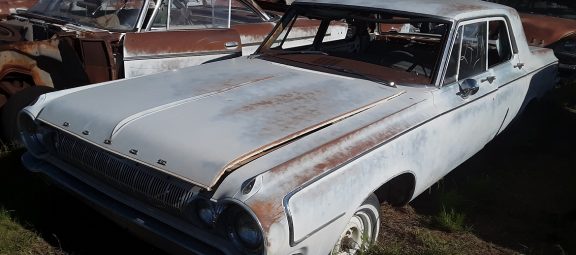
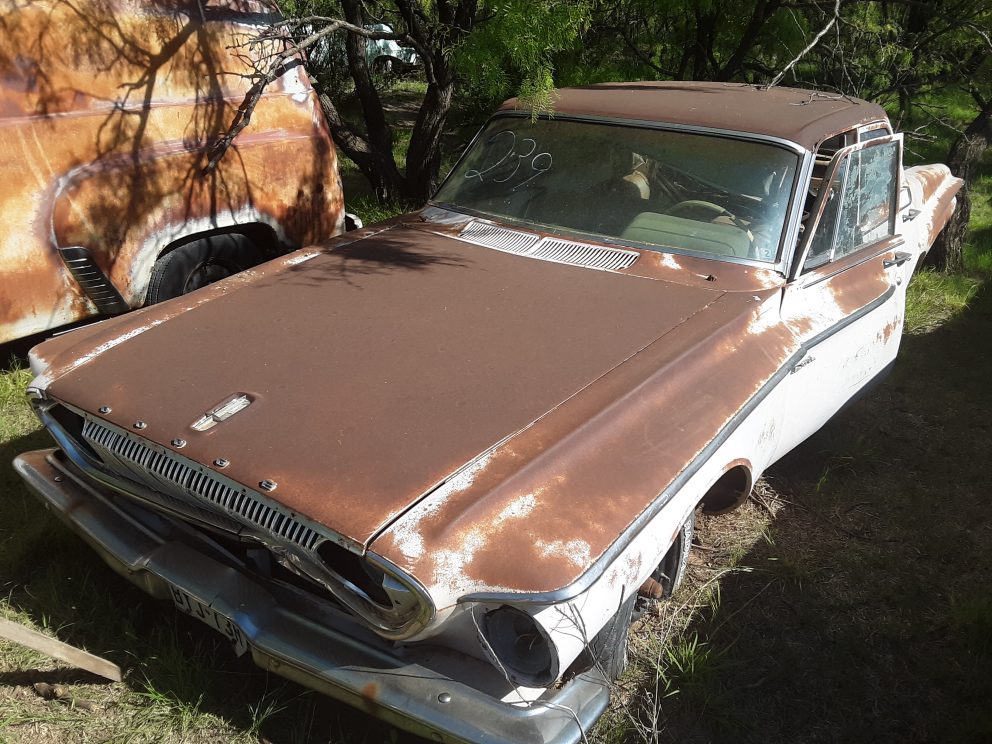
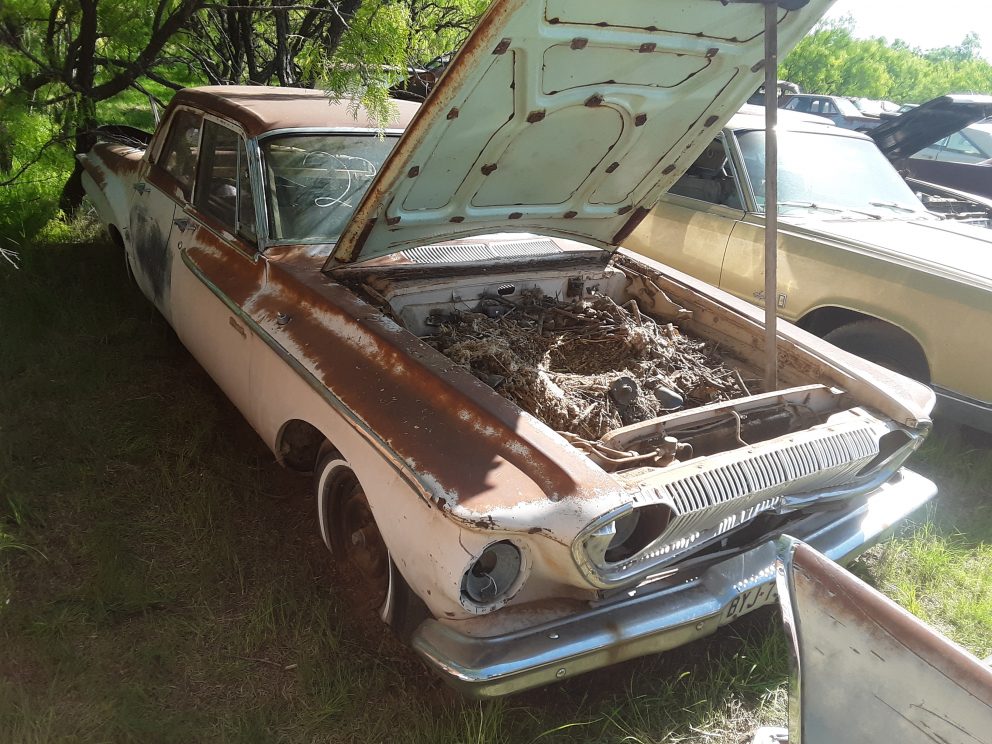
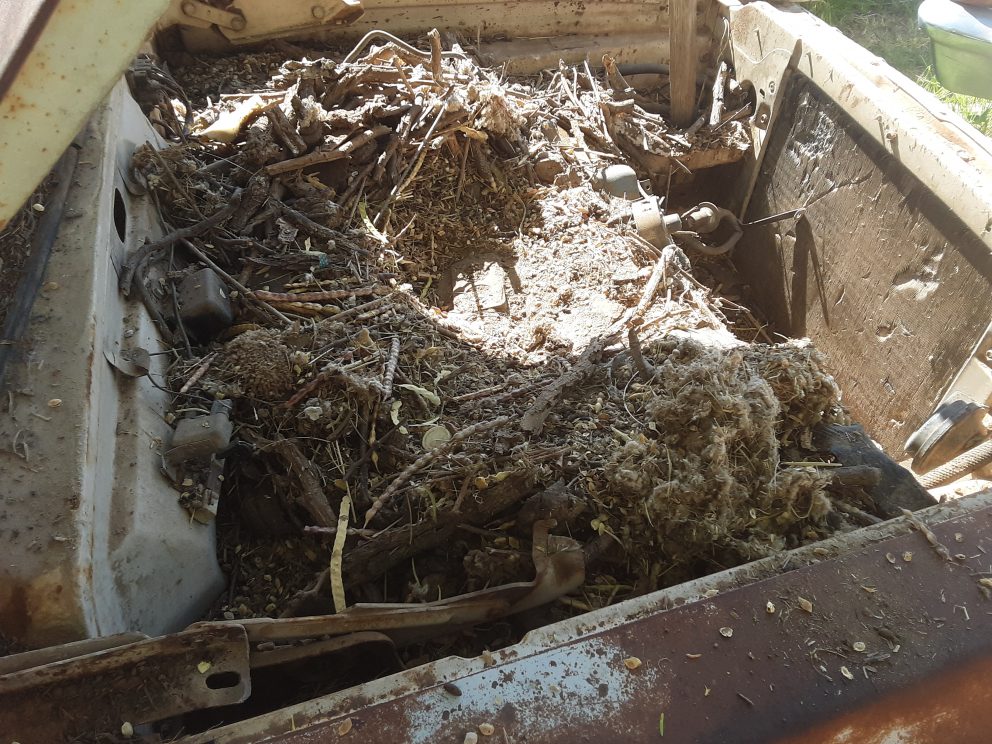
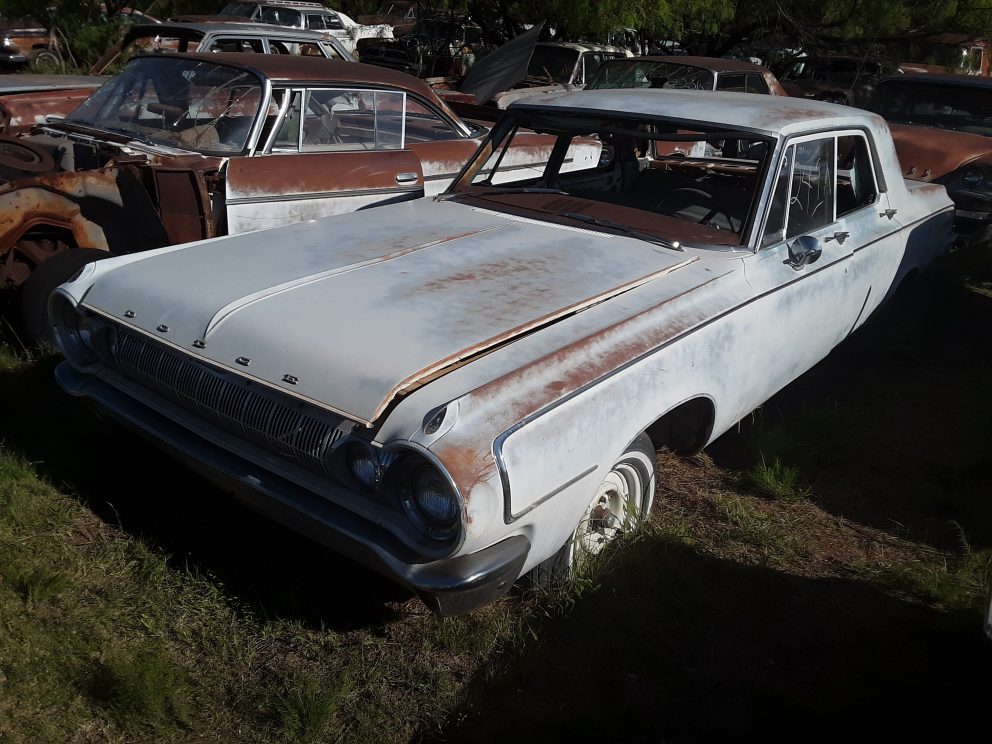
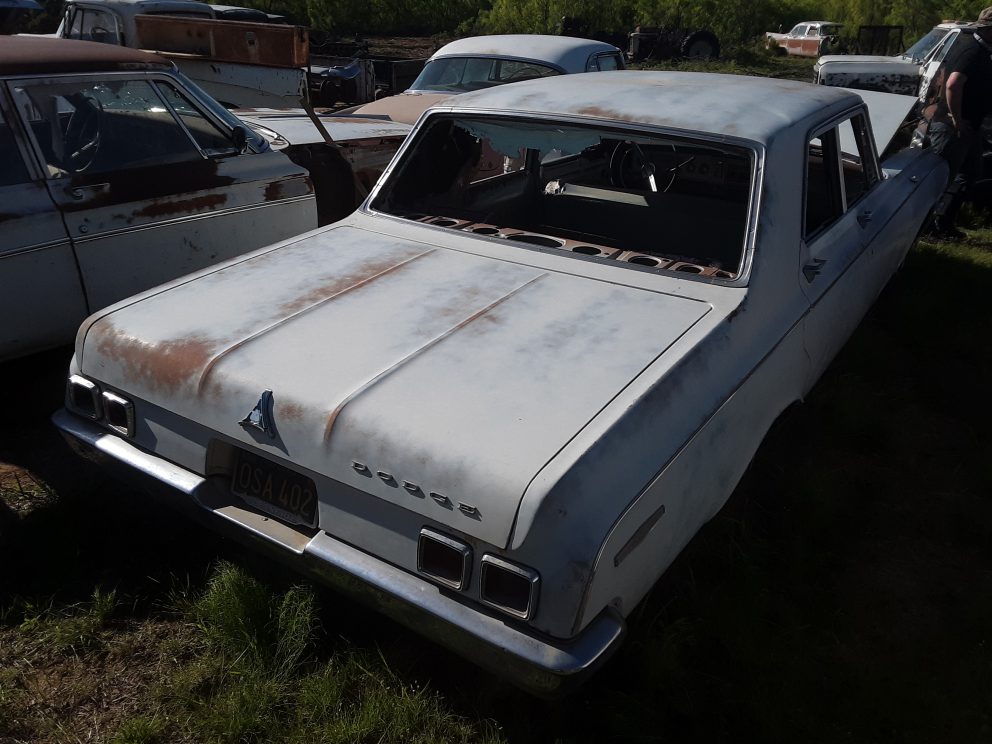
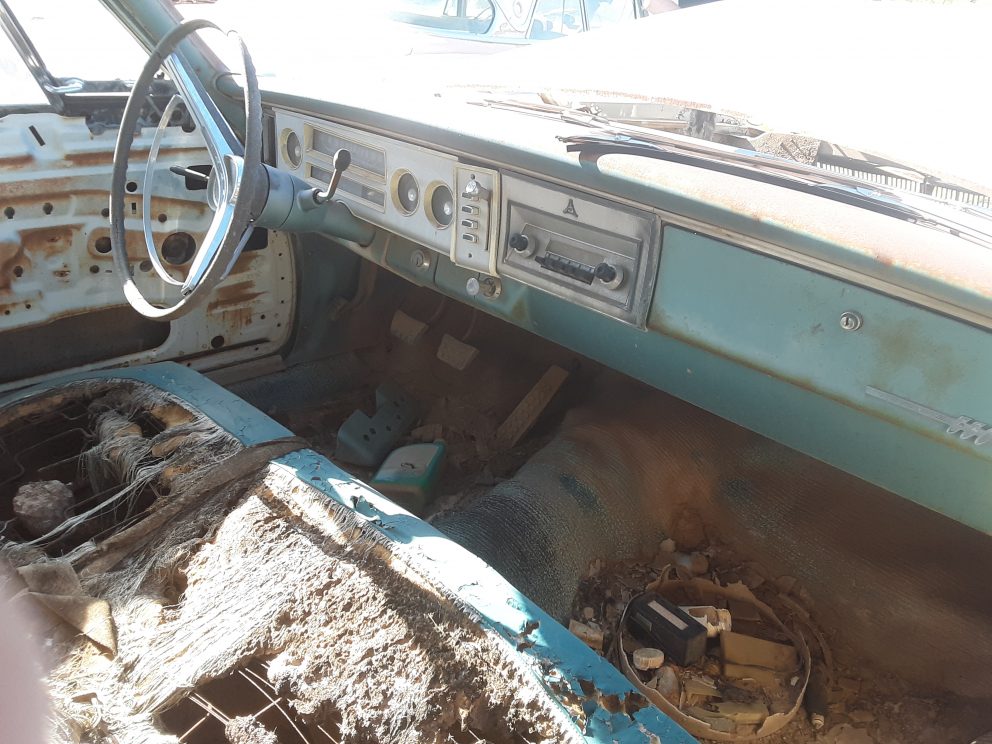
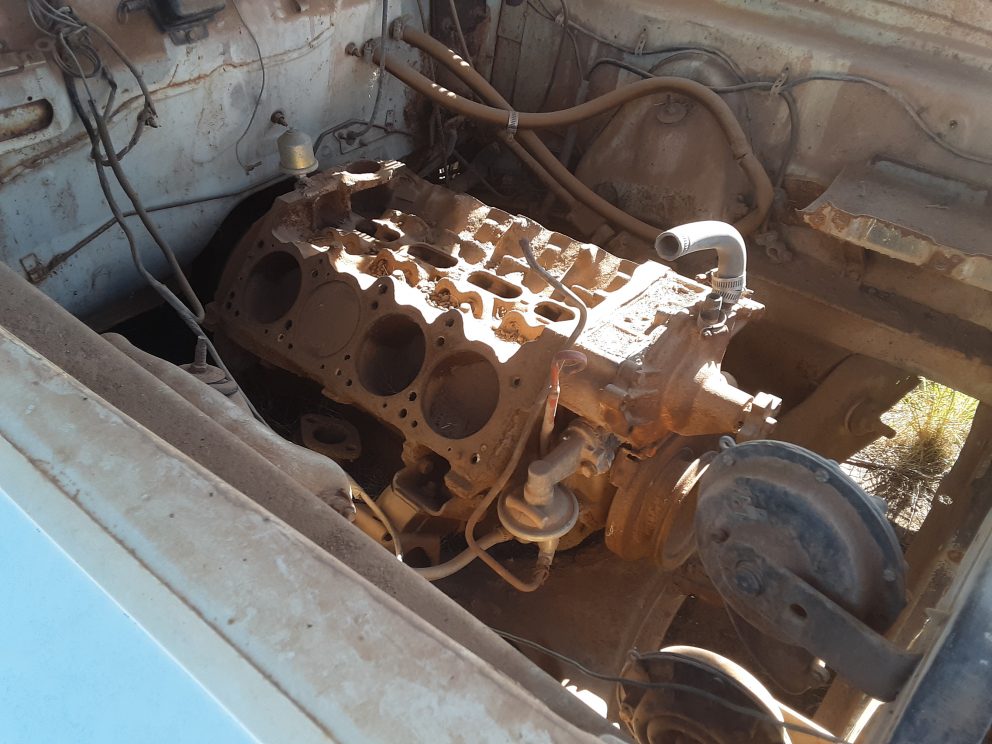
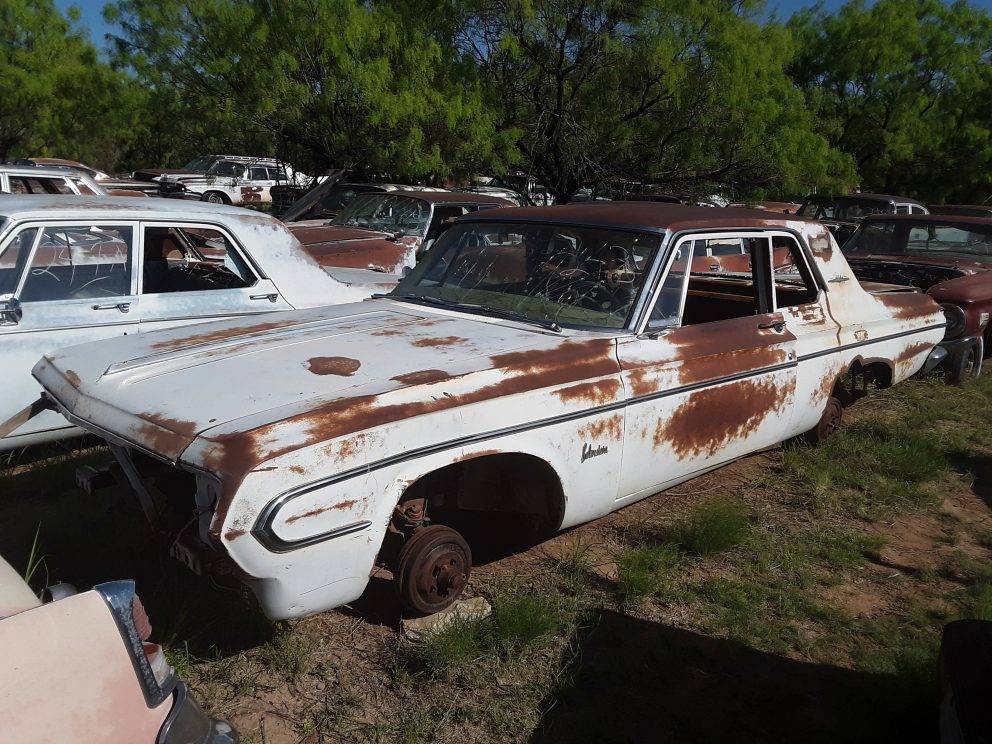
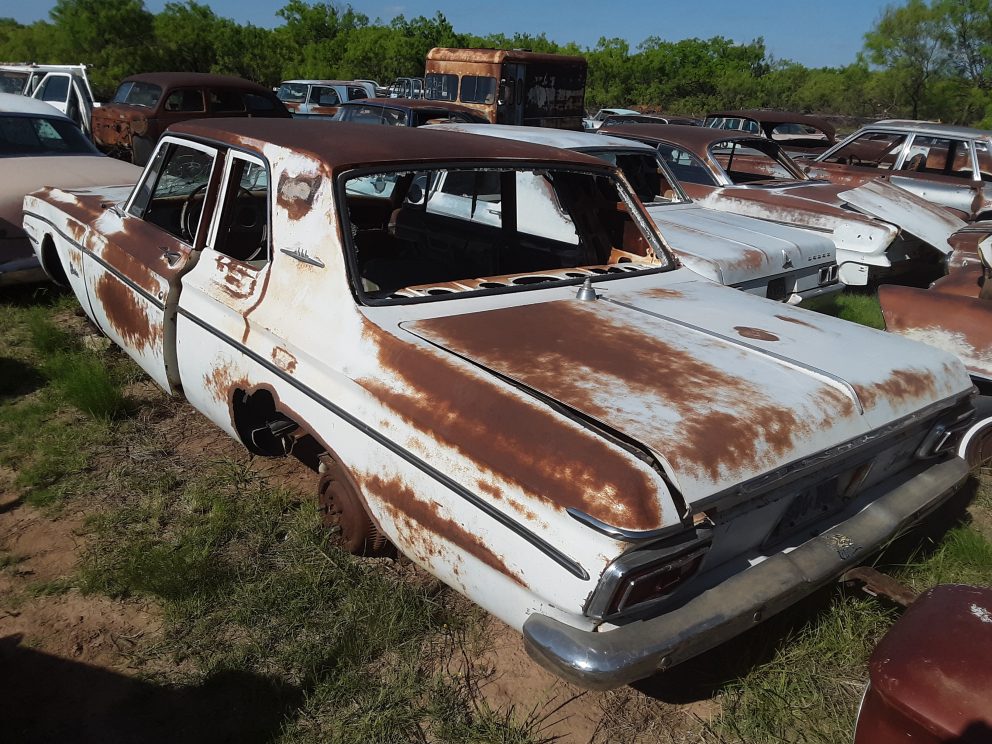
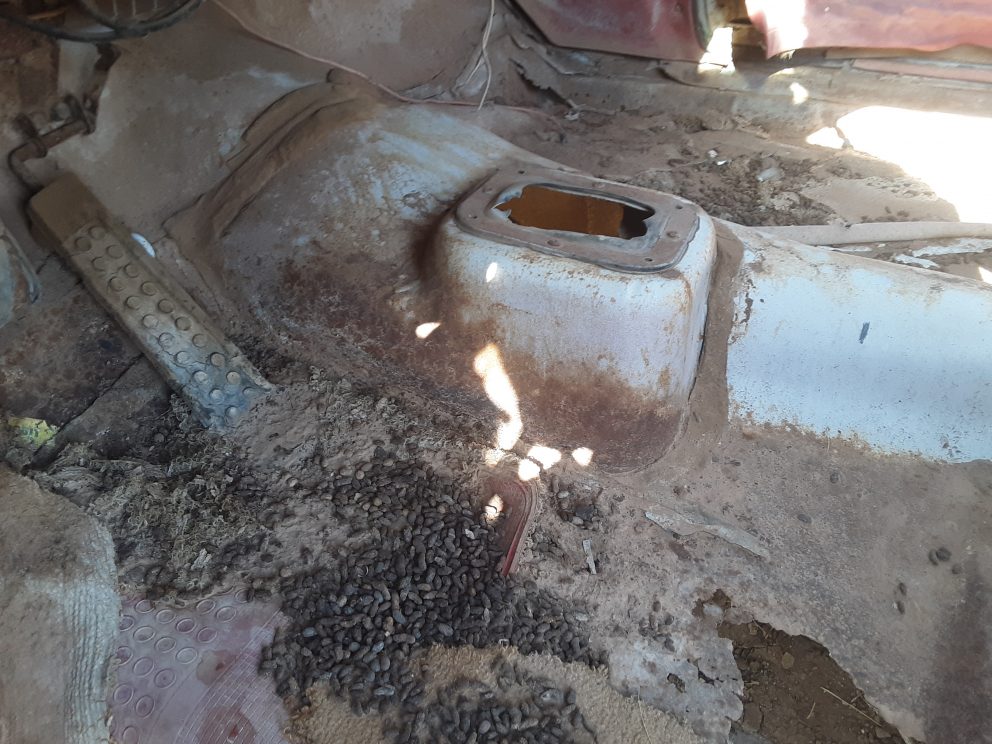
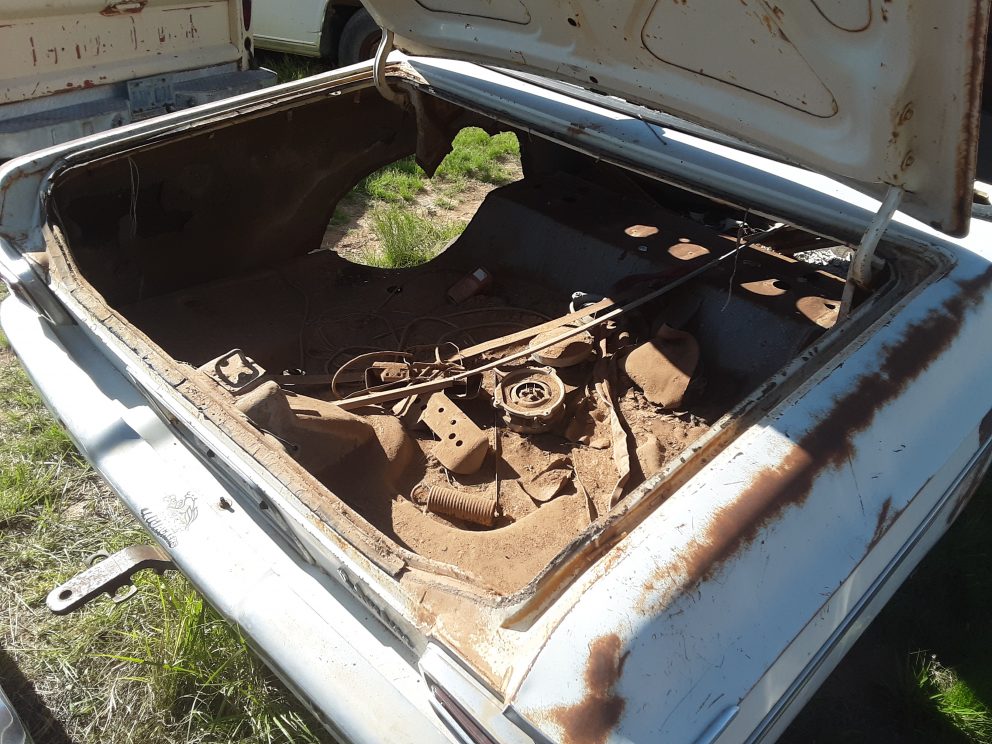
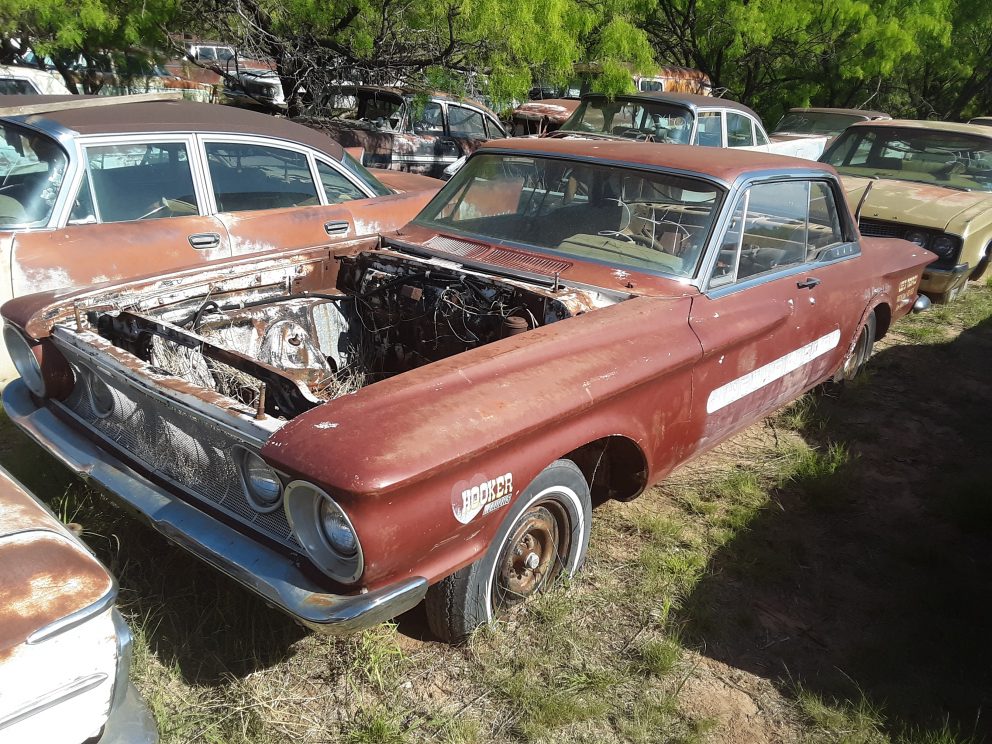
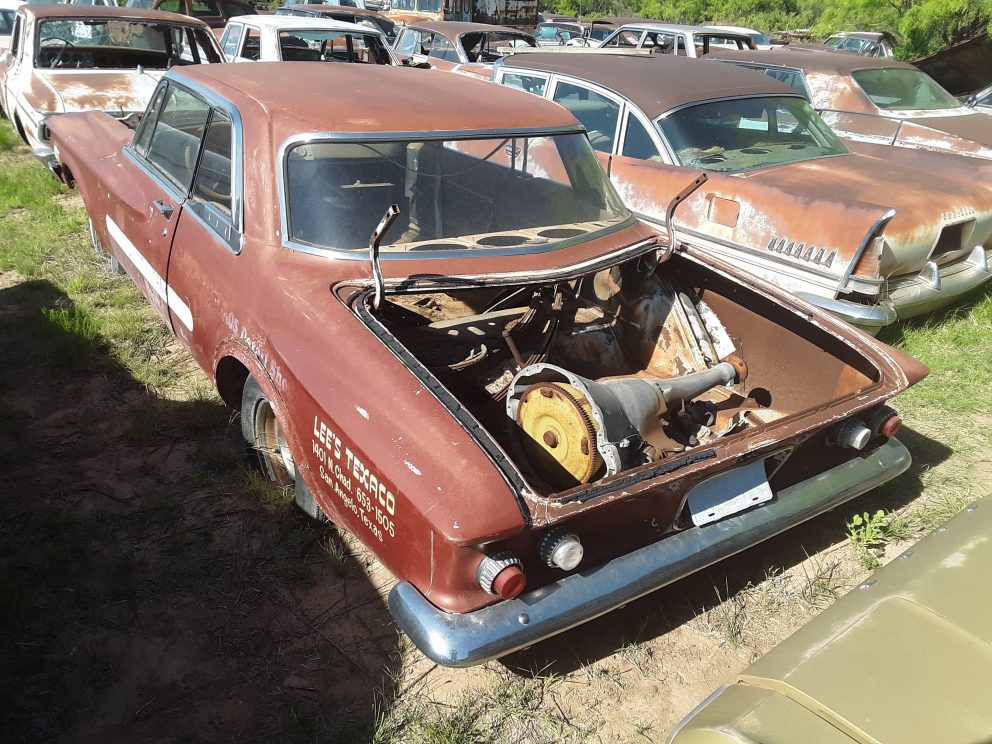
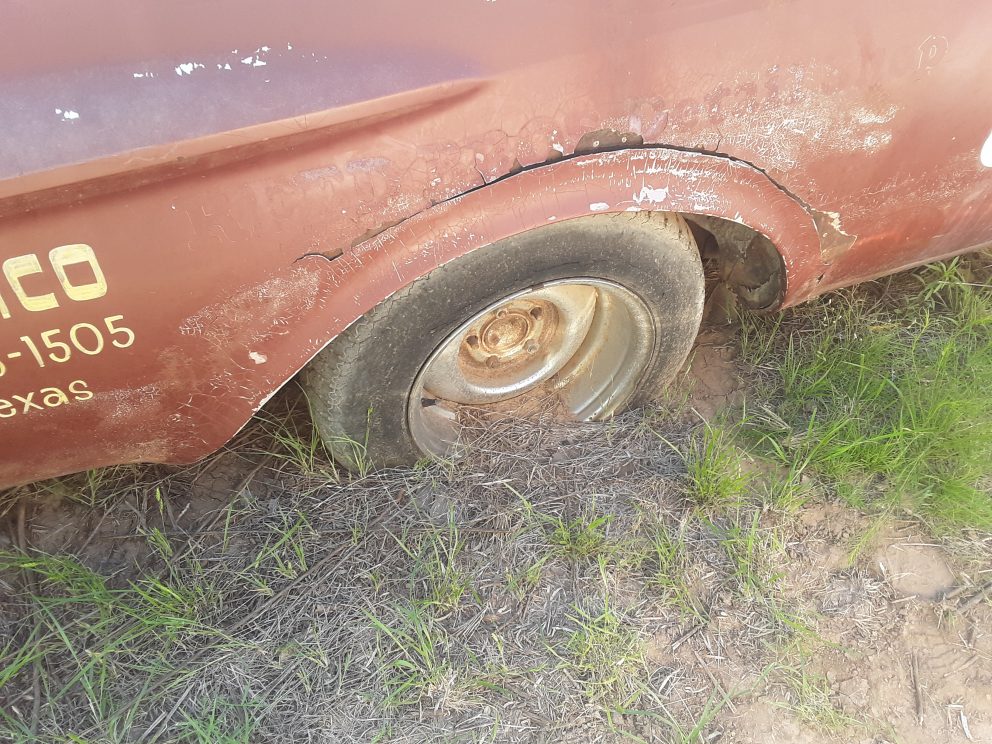
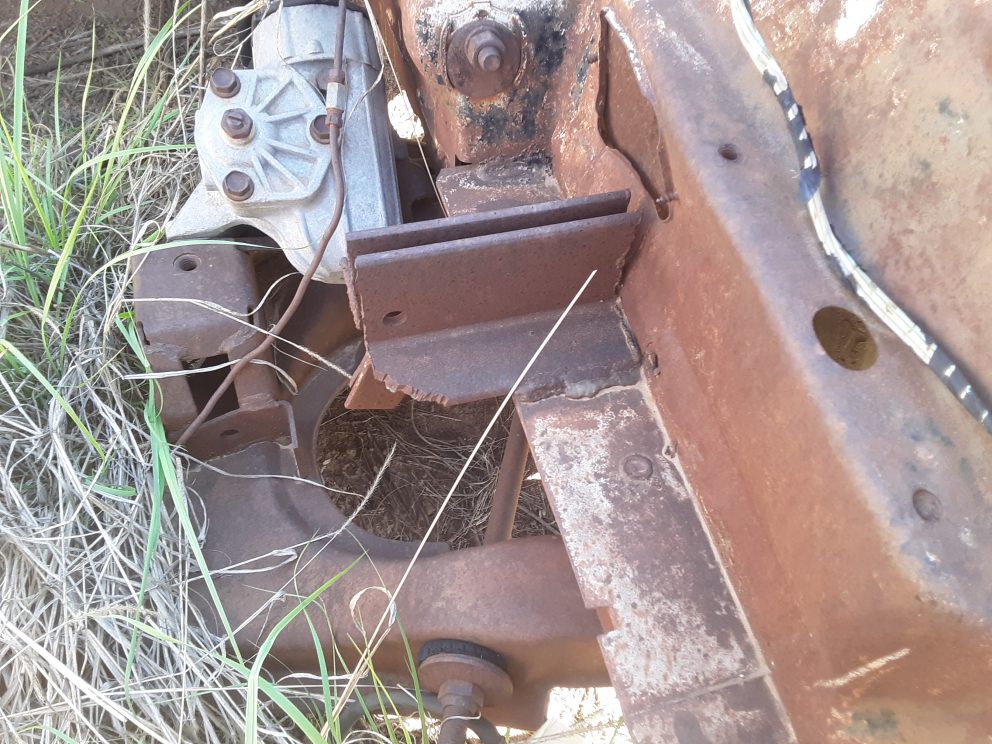
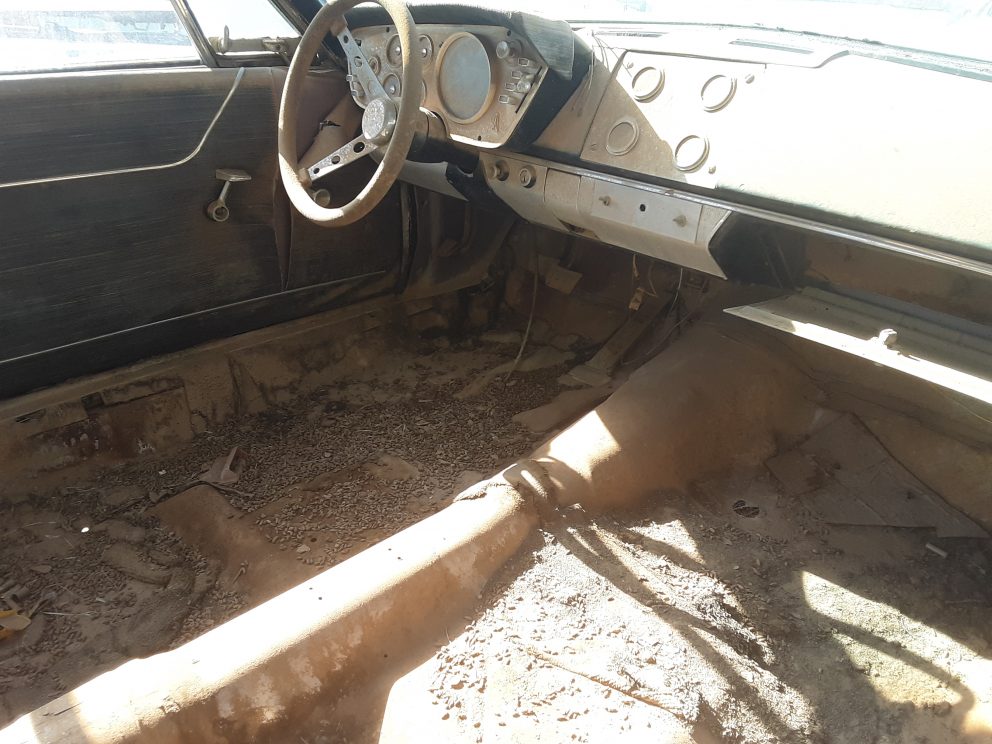
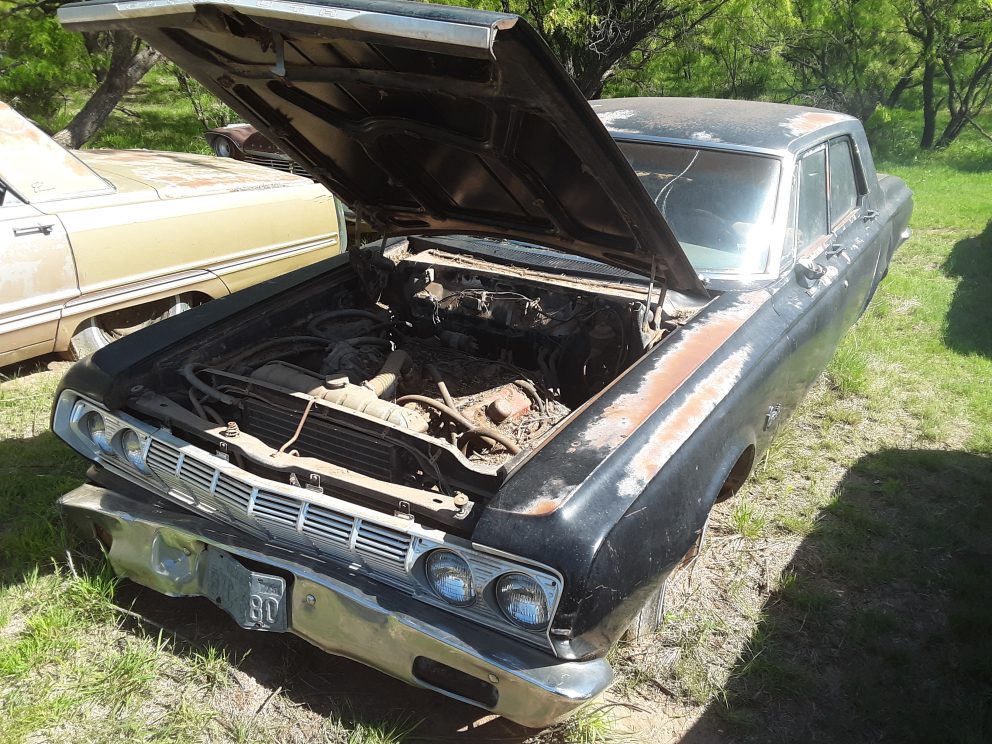
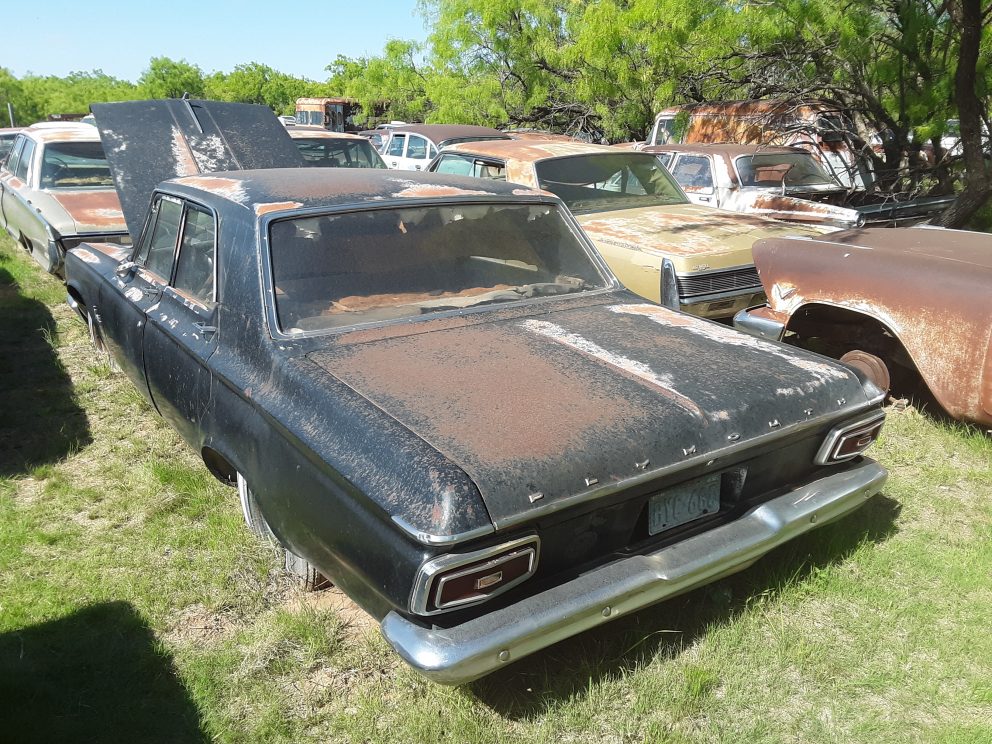
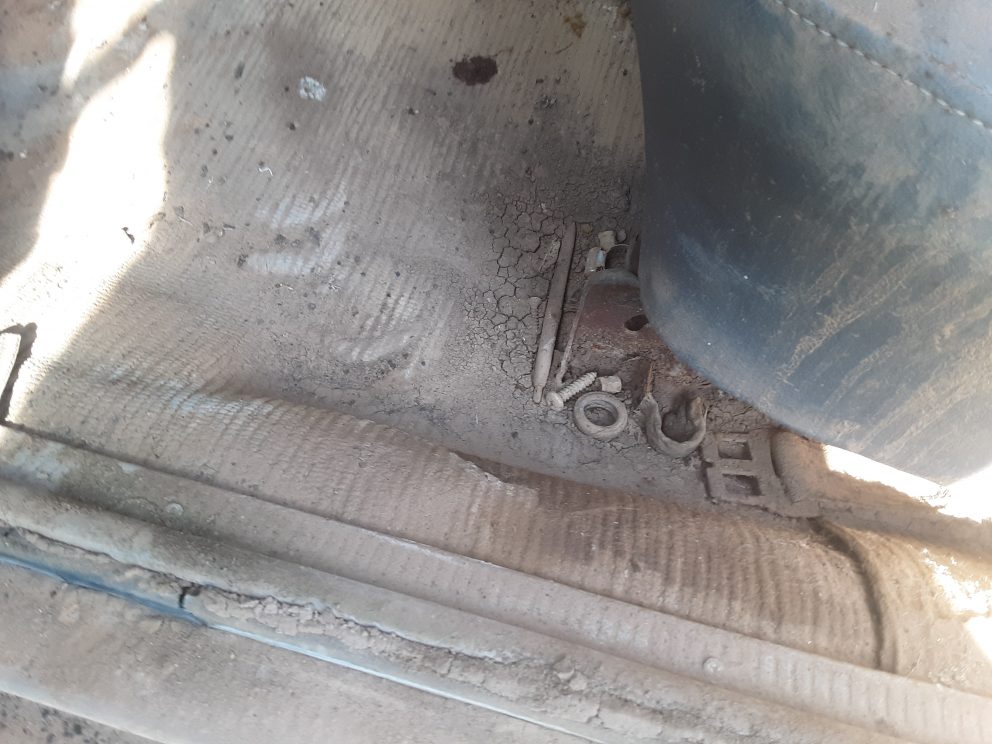
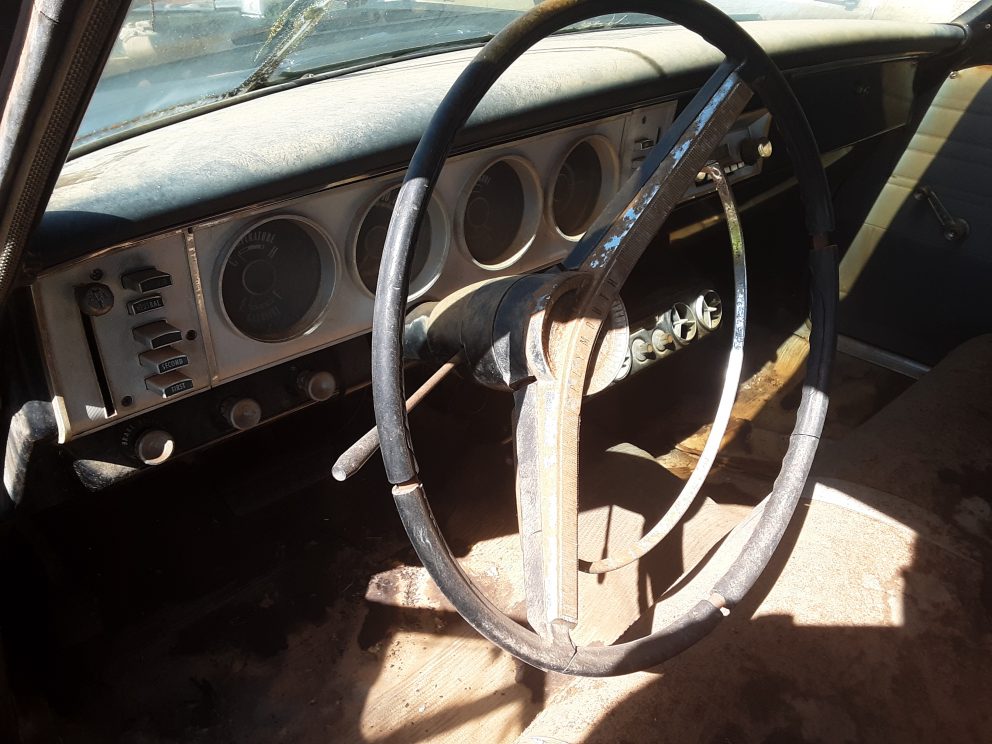
0 Comments